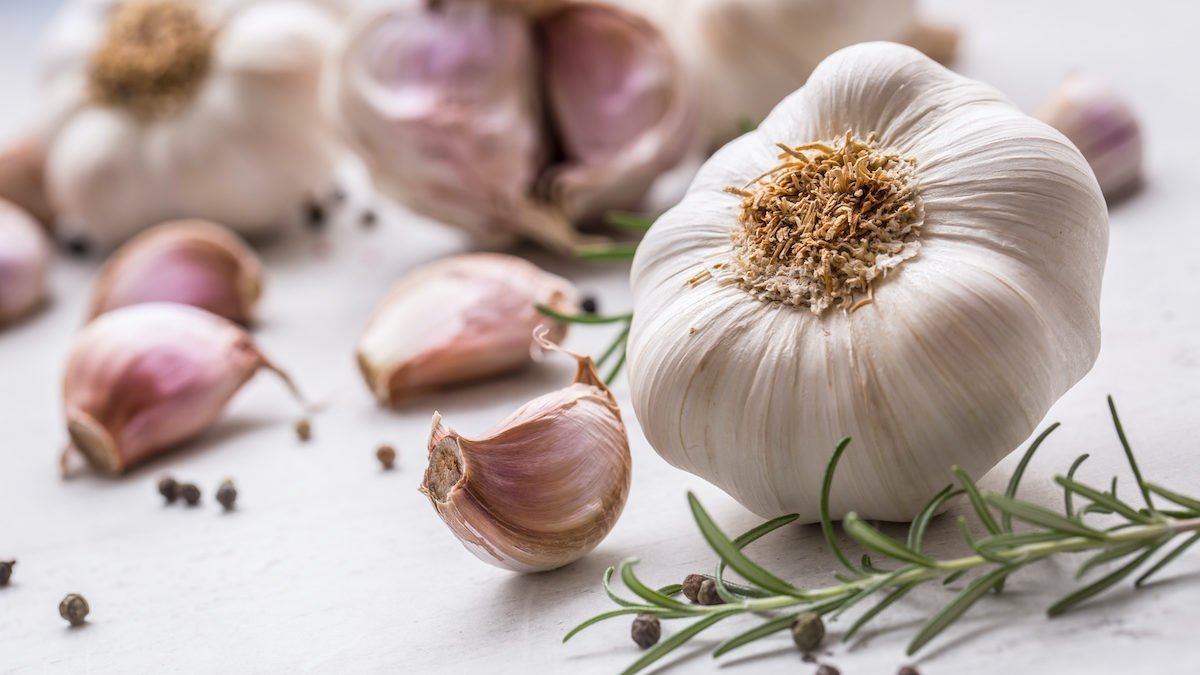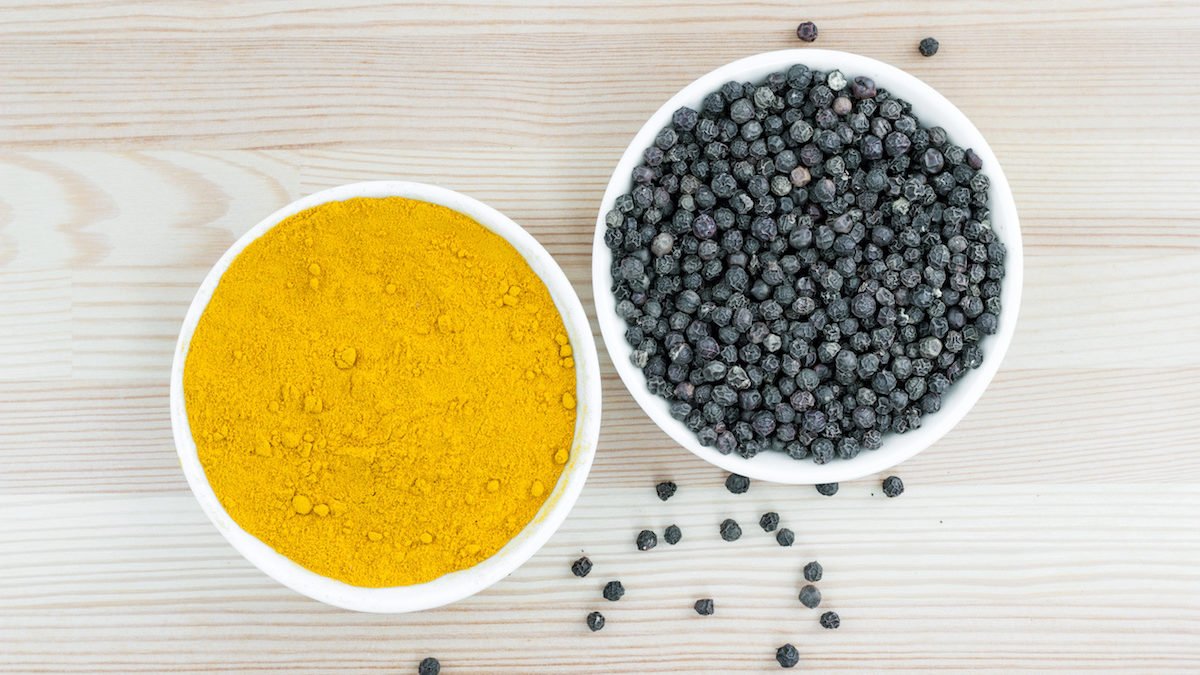A Herbalist’s Guide to the Best Foods for Boosting Your Health in Winter
For those new to the phrase, herbalism is the tradition of studying and using herbs for their healing properties. Humans have relied on these plants for their medicinal benefits since the dawn of time, with a neanderthal burial site discovered in the 1960s found to contain branches of a bush with ephedrine, commonly used to treat breathing ailments, along with several healing wildflowers.
“The beauty of herbalism is that all plants are beneficial for more than one thing,” says Rachelle Robinett, a registered herbalist and founder of New York cafe Supernatural. “Many have a primary effect, yes, but because plants are full of so many active compounds, there are always additional positive effects. This is quite the opposite of medications which typically have one benefit and many negative side effects.”
In the midst of winter, the chances of catching an illness or feeling rundown are high. And so, adding particular herbs, spices, and plant foods to your diet can help you maintain your health.
“From a more purely herbal standpoint — though it’s all medicine to us herbalists — I recommend astragalus and elderberry, andrographis and echinacea, oregano, and functional mushrooms for sure,” says Robinett. “Beyond those foundational immune-system supports, there are herbs with specific benefits. For example, elecampane for the lungs, elderflower for fevers, marshmallow for the gut, cherry bark for coughs, and beyond.”
Here Robinett breaks down some of those herbs, spices, and plant foods, along with sharing two immune-supporting recipes to keep you feeling your best through this coming winter season.
8 Foods, Herbs And Spices To Keep You Healthy Through The Colder, Winter Months
Garlic
In terms of culinary herbs and spices, garlic is always, always number one for me. And ginger a close second (more on that later).
Garlic and ginger can be eaten raw or cooked, alone or added to food, or also taken in capsule or powder form. I recommend all of the above, and with garlic, roasting it and using it as a spread.
There are many health benefits to eating garlic, including improving white blood cell count, increasing T-cell count, improving the activity and quantity of NK (natural killer) cells, and reducing the frequency of upper respiratory tract infections.
Ginger
The spice is good at improving circulation, releases muscle spasms, improves digestion and motility, is anti-inflammatory and antiviral, and supports a healthy immune system response.
As mentioned previously you can take ginger raw or cooked, fresh or dried, but I prefer it best as a freshly made shot.
Cayenne
Cayenne increases circulation, and is gastroprotective and an analgesic (pain reliever), while a traditional Caribbean recipe uses cayenne in a spicy lemonade recipe to treat fever and sore throat. As a strong diaphoretic, it also increases body temperature to induce sweating which can help break a fever. Sprinkled on food, or take in capsule form.
Black pepper
A bioenhancer, which means it helps improve the absorption of any other herbs or supplements it’s taken with, black pepper is also used as an expectorant, like cayenne, for cold, damp coughs. Most often you’ll see it combined with turmeric (like in Form’s Performance Protein). Sprinkled on food, or if you’re bold, make it into a tea.
Turmeric
Neuro-anti-inflammatory, systemic anti-inflammatory, gastroprotective, hepatoprotective (the ability of a chemical substance to prevent damage to the liver), immuno-regulatory. The last benefit is especially significant because this herb supports immune system function without over-stimulating it — an important consideration for those with auto-immune conditions. Turmeric, or curcumin, is also often quite beneficial specifically for treating autoimmune imbalances.
Can be used as a powder in cooking but also best to take in a full-spectrum supplement formulated for potency and absorbability.
Astragalus
Immune system amphoteric (a molecule or ion that can react both as an acid and as a base), astragalus is especially helpful for those with immunosuppressive illnesses, helping rebuild our immune system reserves. Can be used then as a long-term part of a well-rounded, ongoing immunity protocol. Also beneficial for the lungs, specifically. Take in powder, capsule or tincture form.
Elderberry
Elderberry is typically consumed to support the immune system, either as a preventative remedy or to treat acute illness. They are anti-inflammatory, antioxidant, antiviral, and used to treat colds and flu. Elderflowers, which have been used in traditional herbal medicine much longer than the berries, are common fever remedies for children, as well as treatments for ulcers. Take as a syrup, which is also delicious.
Functional Mushrooms
Functional mushrooms are potent immune-system supports that normalize and encourage active but not over-active immunity. Mushrooms are often part of cancer protocols in Traditional Chinese Medicine and are always part of my ongoing health protocol. Take in powders, tinctures, or capsules, and always from a good source.
Health Boosting Recipes To Try This Winter
Anti-Inflammatory Ginger Juice Shot
While ginger shots are great for digestion on their own, this juice shot features a few other ingredients to increase the benefits, like apple cider vinegar, chamomile, and cayenne.
Ingredients
Ginger (fresh – one palm sized)
Water (1 quart)
Apple cider vinegar
Cayenne pepper (powdered or fresh)
Optional: Any tinctures /extracts (Rachelle uses chamomile), elderberry Syrup or fruit juice for sweetening, blender, cheese-cloth, mason jar
Method
Add ginger (no need to peel) and water to a blender and blend on high until fully pulverised.
Strain through a cheesecloth or nut-milk bag.
Add any extras, and serve!
Store refrigerated for up to a week.
Vegan Miso Immunity Broth
Ingredients
1/2 lemon, juiced
1-2 tbsp nutritional yeast
1/8 tsp sea salt
1 tsp herb/adaptogen of choice (Rachelle uses ashwagandha powder)
4 cups water
1 clove garlic, minced
1 tbsp raw white miso
Method
Add the lemon juice, nutritional yeast, sea salt, and herb or adaptogen to a blender.
Heat water until just below boiling, then let cool slightly. Add to your blender.
Blend on high speed for several seconds until combined.
Let broth cool slightly, then add the garlic and white miso to the blender.
Blend on high speed for a few more seconds, until garlic and miso is combined into the broth mixture.
Pour into a mug or thermos, and enjoy.




